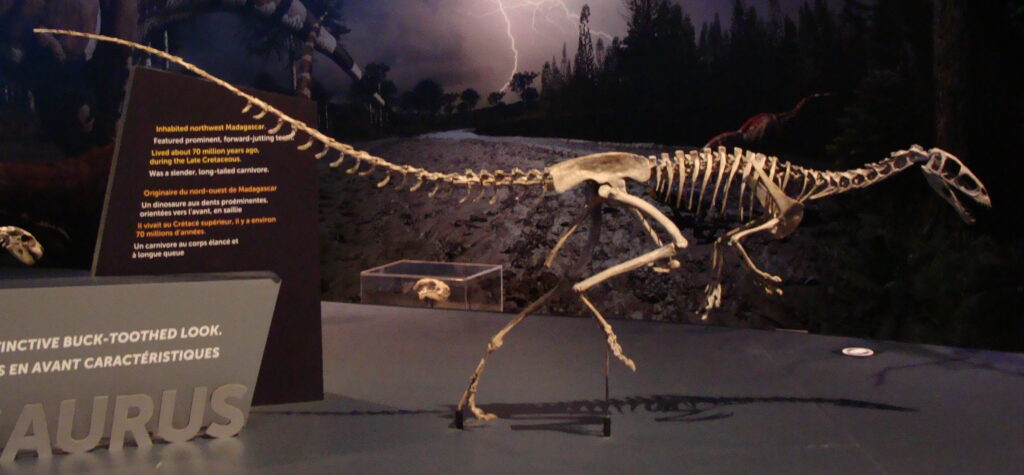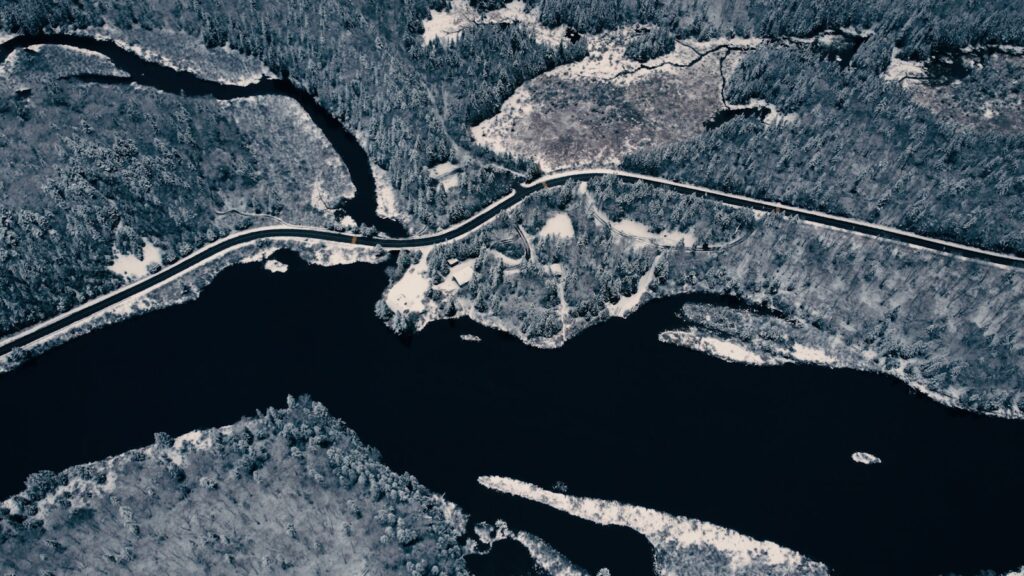Walking through the halls of Ottawa’s Museum of Nature feels like stepping into a time machine that spans millions of years. The museum’s prehistoric collections tell an extraordinary story of ancient Canada, where massive dinosaurs roamed lush forests and early birds took their first tentative flights. What many visitors don’t realize is that Canada holds some of the world’s most significant fossil discoveries, with specimens that have rewritten our understanding of prehistoric life. This treasure trove of ancient history sits right in the heart of our nation’s capital, waiting to reveal secrets that have been buried for eons.
The Dawn of Canadian Paleontology
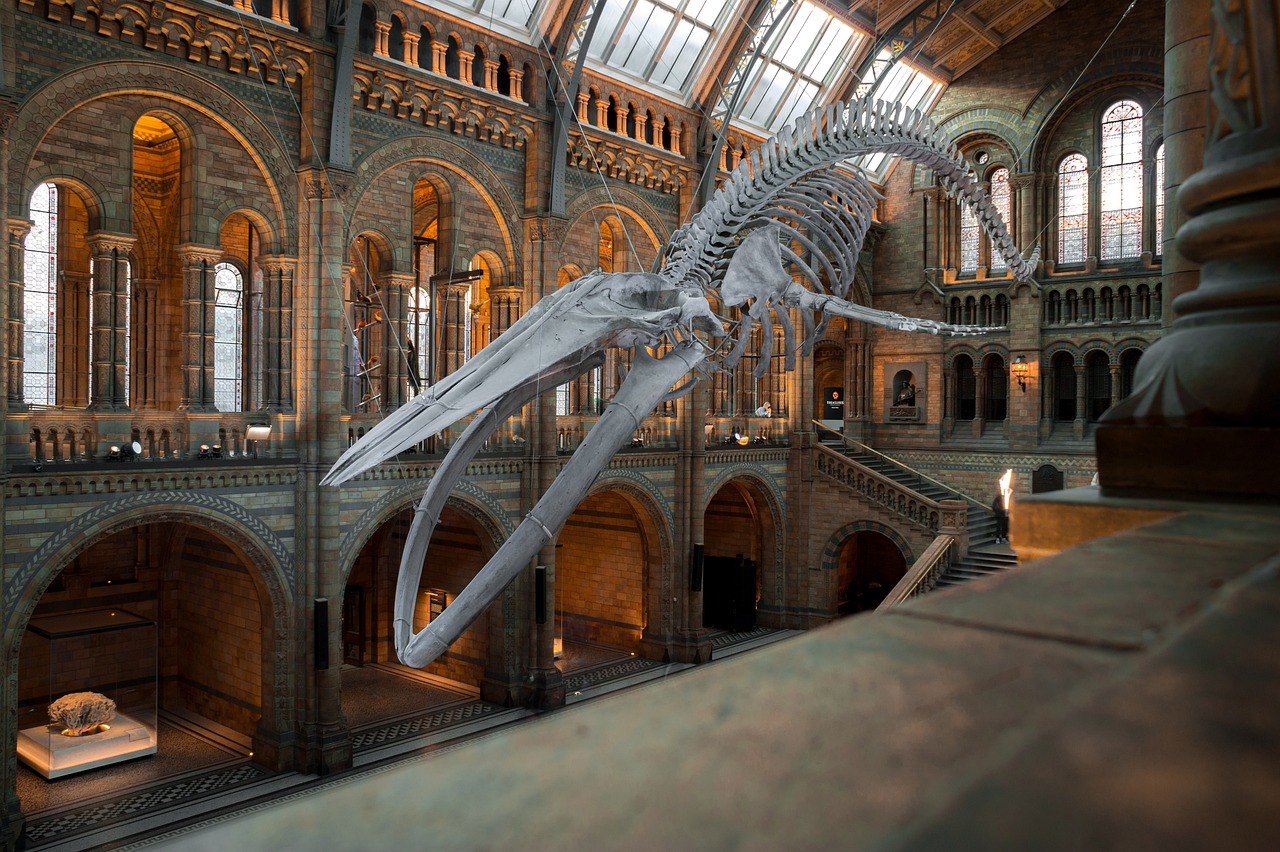
Canada’s fossil hunting legacy began in the 1880s when railway workers in Alberta stumbled upon mysterious bone fragments while laying tracks. These accidental discoveries sparked a scientific revolution that continues today, with the Museum of Nature serving as the guardian of countless prehistoric treasures. The museum’s collection includes over 100,000 fossil specimens, ranging from microscopic marine organisms to towering dinosaur skeletons that once ruled the Canadian landscape. What makes these discoveries particularly fascinating is how they reveal that prehistoric Canada looked nothing like the country we know today, with tropical climates supporting creatures that would seem alien in our modern world.
Giants of the Badlands
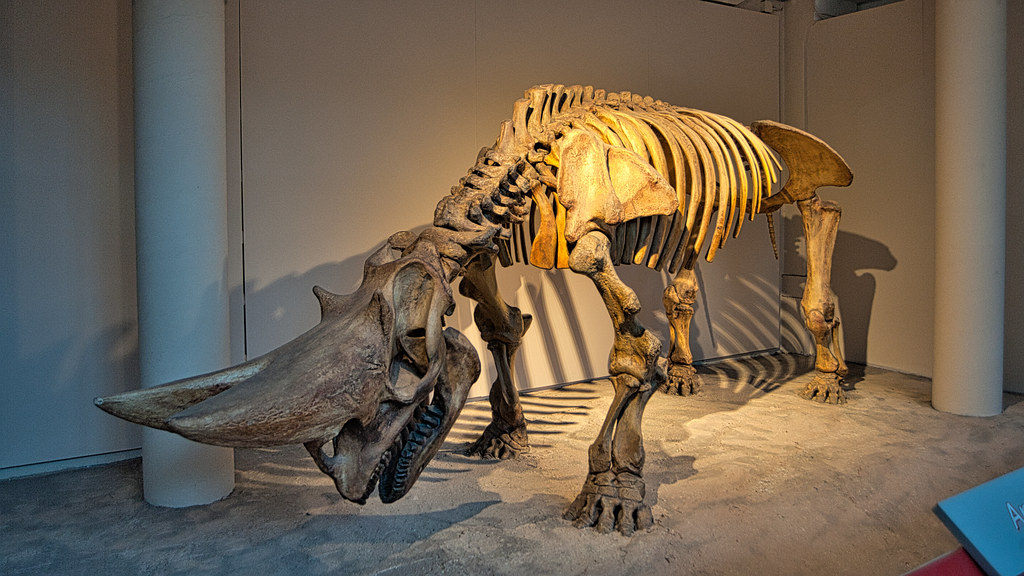
The Alberta Badlands have given us some of the most spectacular dinosaur fossils ever found, and many of these giants now call the Museum of Nature home. Albertosaurus, a fearsome predator that stalked the ancient Canadian plains, stands as one of the museum’s most impressive displays, its massive skull revealing razor-sharp teeth designed for tearing flesh. The museum also houses remarkable specimens of Triceratops, whose distinctive three-horned skulls tell stories of epic battles fought over 70 million years ago. These fossils aren’t just old bones – they’re time capsules that reveal how these magnificent creatures lived, hunted, and survived in prehistoric Canada. The preservation quality of Canadian fossils is so exceptional that scientists can sometimes see evidence of skin texture, muscle attachment points, and even stomach contents.
When Birds First Took Flight

The transition from dinosaurs to birds represents one of evolution’s most remarkable transformations, and Canadian fossils provide crucial evidence for this incredible journey. The museum’s collection includes rare specimens that show how feathers first evolved, not for flight, but for display and temperature regulation. Some of the most exciting discoveries come from Alberta’s oil sands, where perfectly preserved feathered dinosaurs have been found with their plumage still intact after millions of years. These specimens reveal that many dinosaurs were actually brightly colored, with elaborate feather patterns that rivaled today’s most exotic birds. The museum’s interactive displays allow visitors to touch replica feathers and understand how these ancient structures eventually enabled powered flight.
The Burgess Shale Phenomenon
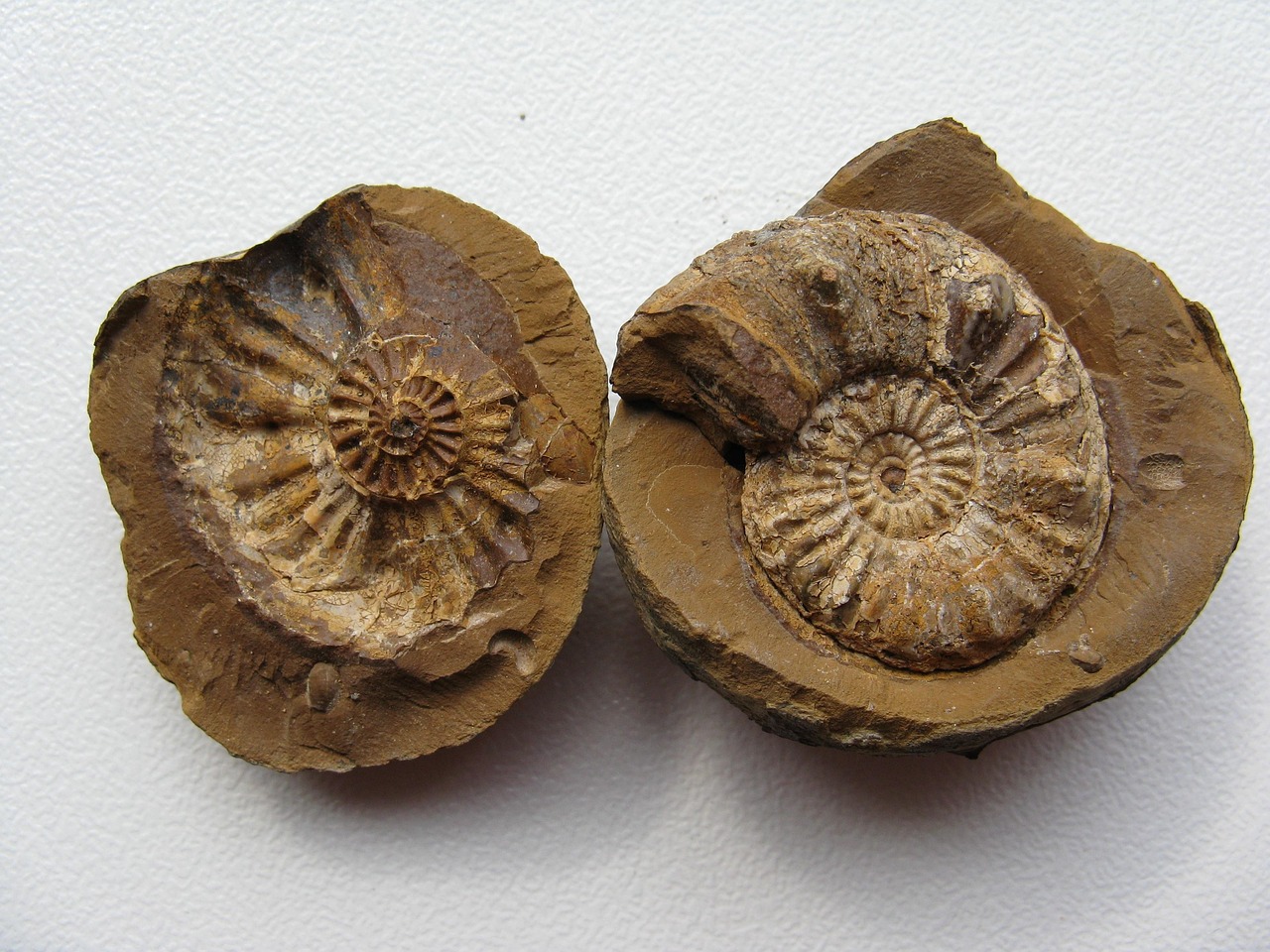
Hidden high in the Canadian Rockies lies one of the world’s most important fossil sites, and the Museum of Nature houses an incredible collection from this prehistoric wonderland. The Burgess Shale contains fossils from over 500 million years ago, when life was just beginning to experiment with complex forms and strange body plans that seem almost alien to us today. Creatures like Hallucigenia, with its bizarre spines and walking tentacles, challenge our understanding of how life can evolve and adapt. The preservation in these fossils is so extraordinary that scientists can see details of internal organs, digestive systems, and even the contents of ancient stomachs. These specimens represent a crucial period in Earth’s history known as the Cambrian Explosion, when life suddenly diversified into countless new forms.
Ice Age Titans
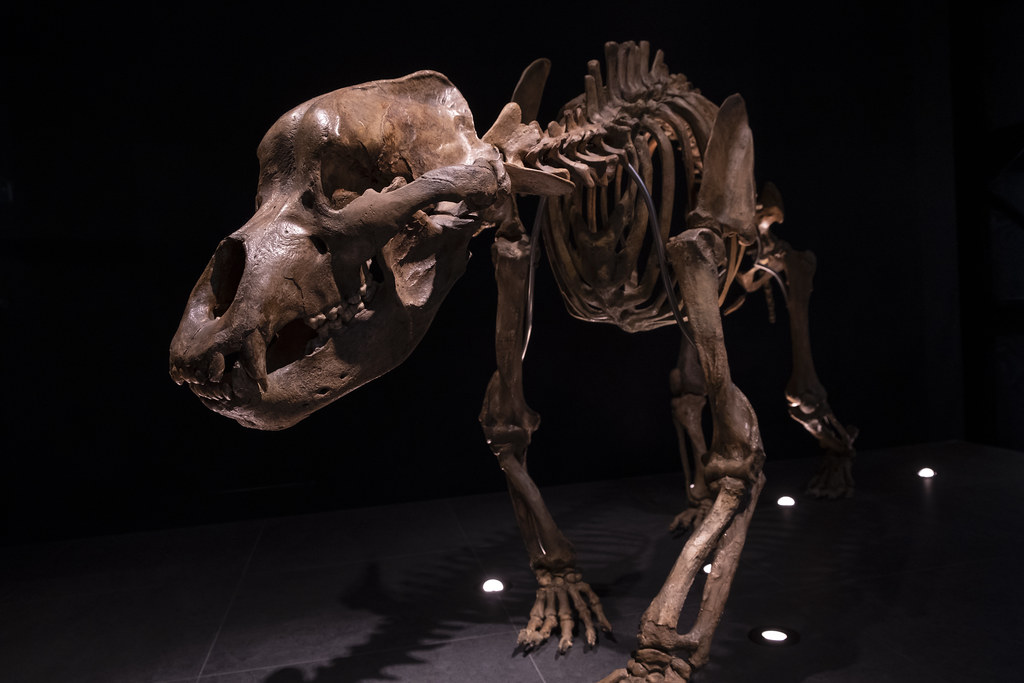
As the dinosaurs faded into history, a new cast of giants emerged during the Ice Age, and their fossils tell equally compelling stories of survival and extinction. The museum displays massive mammoth tusks and teeth found across Canada, some still bearing the marks of ancient human tools used by early inhabitants. Giant beavers the size of black bears once built dams across Canadian rivers, leaving behind fossils that dwarf their modern relatives. The museum’s Ice Age collection also includes saber-toothed cats, giant ground sloths, and cave bears that roamed a Canada locked in perpetual winter. These fossils help us understand how climate change has shaped life on Earth throughout history, offering important lessons for our modern world.
Marine Monsters of Ancient Seas
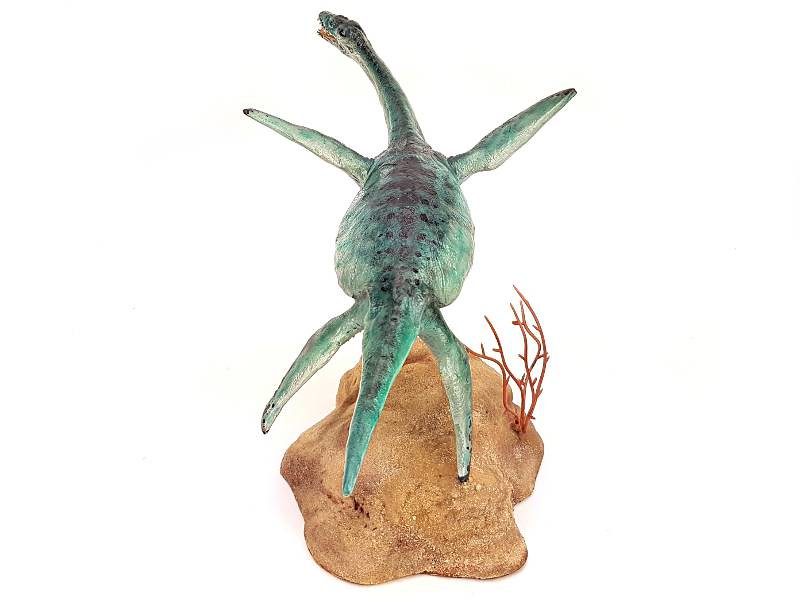
Long before dinosaurs ruled the land, prehistoric Canada was covered by vast tropical seas teeming with bizarre marine creatures that would make today’s ocean predators seem tame. The museum houses spectacular fossils of plesiosaurs, marine reptiles with necks longer than their entire bodies, which used their paddle-like limbs to cruise through ancient Canadian waters. Giant ammonites, spiral-shelled relatives of modern octopi, grew to enormous sizes and left behind fossils that look like stone tires scattered across the landscape. The museum’s marine reptile collection includes ichthyosaurs, dolphin-like creatures that evolved millions of years before dolphins existed, showing how evolution often finds similar solutions to life’s challenges. These underwater predators ruled the seas for over 150 million years, their fossils now serving as windows into Canada’s aquatic prehistoric past.
The Art of Fossil Preparation

Behind the scenes at the Museum of Nature, skilled technicians work like archaeological surgeons, carefully freeing ancient creatures from their rocky tombs using tools ranging from dental picks to powerful microscopes. The fossil preparation lab operates like a medical facility, where CT scanners reveal hidden bones still embedded in rock and 3D printers create perfect replicas for research and display. This painstaking process can take months or even years for a single specimen, with preparators removing rock grain by grain to avoid damaging delicate bone structures. Visitors can sometimes watch this meticulous work through viewing windows, witnessing firsthand how fossils transform from mysterious lumps of rock into recognizable creatures. The museum’s preparation techniques have advanced dramatically in recent years, with new chemical treatments that can preserve organic materials like proteins and DNA fragments.
Revolutionary Dating Techniques
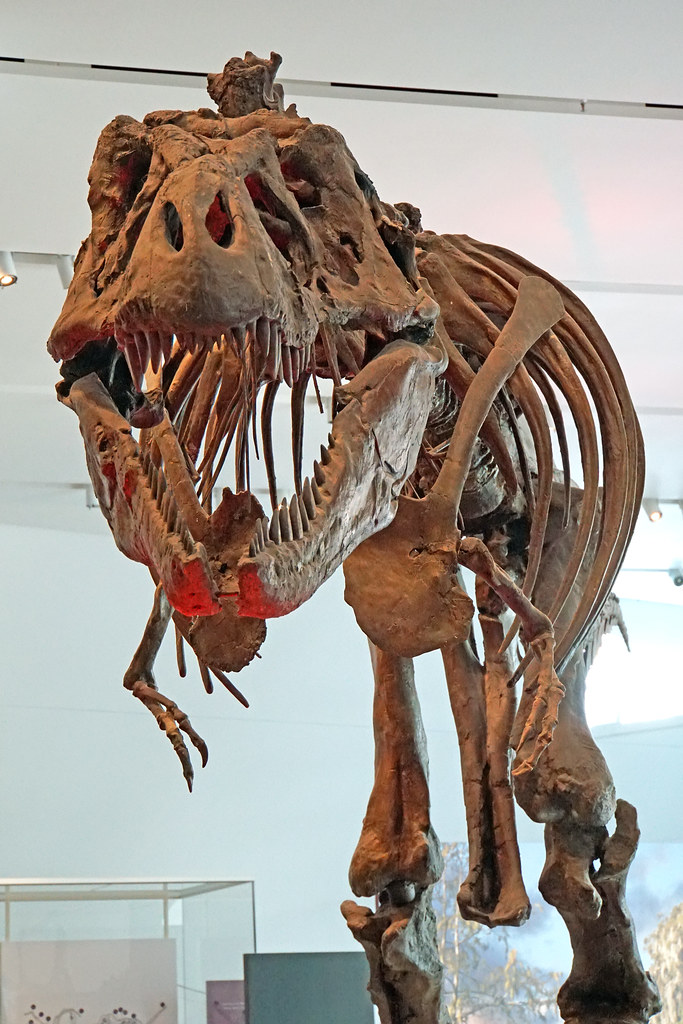
Determining the age of fossils has evolved from educated guesswork to precise science, and the Museum of Nature employs cutting-edge techniques that can pinpoint a fossil’s age within thousands of years. Radiometric dating measures the decay of radioactive elements in surrounding rocks, while newer methods analyze amino acid breakdown in fossil bones themselves. The museum’s collaboration with universities across Canada has led to breakthrough discoveries about the timing of major evolutionary events, including the exact moment when certain dinosaur species went extinct. These dating methods have revealed that some Canadian fossil sites preserve creatures from multiple time periods, creating prehistoric time capsules that span millions of years. Advanced chemical analysis can even determine what ancient creatures ate, what the climate was like, and how they interacted with their environment.
Interactive Digital Reconstructions
Modern technology has transformed how we experience prehistoric life, and the Museum of Nature leads the way with immersive digital experiences that bring fossils back to life. Virtual reality headsets transport visitors to prehistoric Canadian landscapes where they can walk alongside living dinosaurs and experience the sights and sounds of ancient ecosystems. Computer models based on fossil evidence show how these creatures moved, hunted, and interacted with their environments in ways that static displays never could. The museum’s augmented reality features allow visitors to point their phones at fossil displays and watch as digital flesh appears on ancient bones, revealing how these creatures looked when they were alive. These technological advances help bridge the gap between dry scientific data and the vibrant reality of prehistoric life, making ancient Canada accessible to visitors of all ages.
Climate Clues from the Past

Fossils serve as nature’s own climate records, and the Museum of Nature’s collection provides crucial evidence about how Earth’s climate has changed throughout history. Tree rings preserved in petrified wood reveal seasonal patterns from millions of years ago, while fossilized pollen grains show which plants thrived during different climate periods. The museum’s research has contributed to our understanding of past mass extinction events, particularly how rapid climate change has repeatedly reshaped life on Earth. Isotope analysis of fossil shells and teeth can determine ancient ocean temperatures, rainfall patterns, and even atmospheric composition during prehistoric times. This climate data from the past helps scientists predict how modern ecosystems might respond to current environmental changes, making paleontology surprisingly relevant to contemporary environmental issues.
The Human Connection
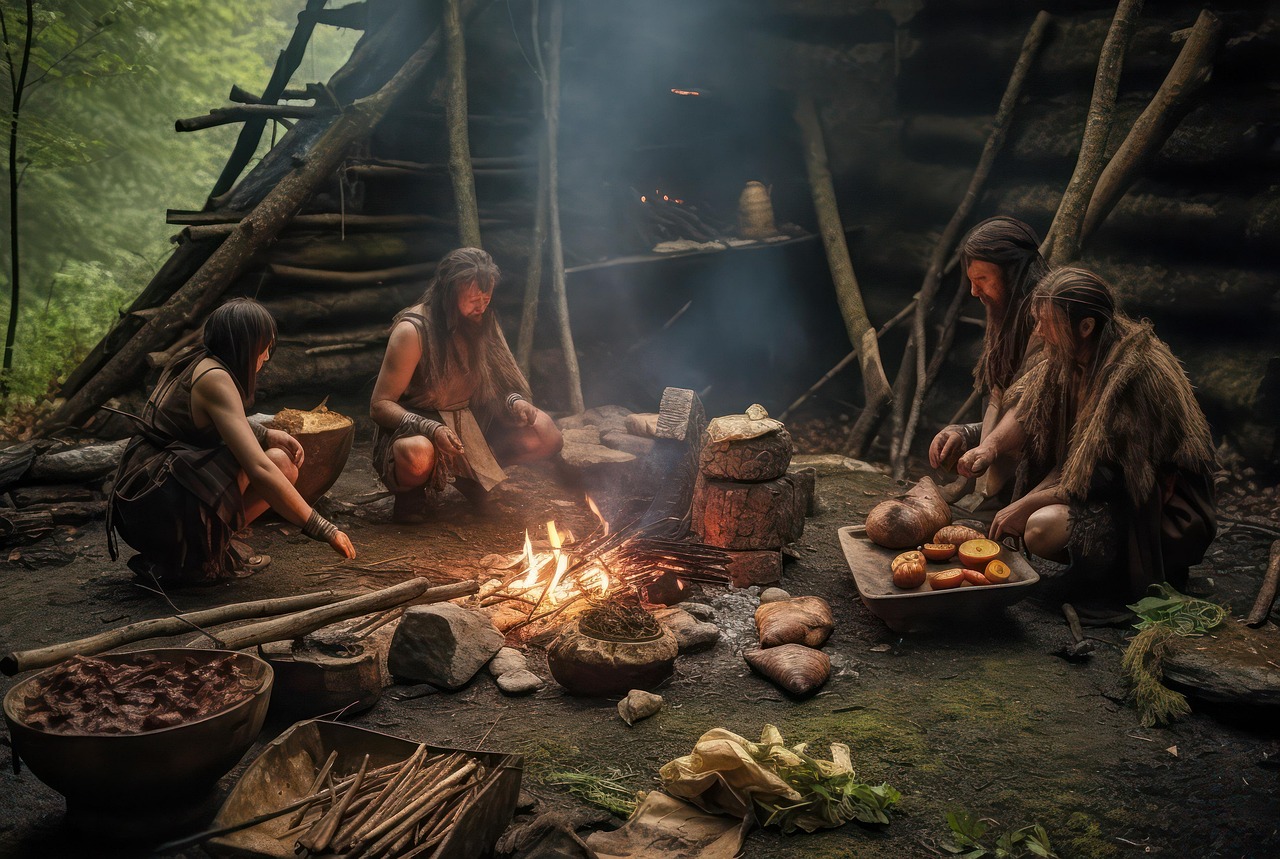
The story of prehistoric Canada isn’t complete without acknowledging the first humans who witnessed some of these ancient giants before they disappeared forever. Archaeological evidence shows that early Indigenous peoples encountered and hunted mammoths, giant bison, and other Ice Age megafauna across the Canadian landscape. The museum’s collections include tools made from mammoth ivory and bones, showing how these early Canadians adapted to life alongside prehistoric giants. Cave paintings and petroglyphs found across Canada sometimes depict creatures that went extinct thousands of years ago, providing artistic evidence of human-megafauna interactions. These human connections to prehistoric life remind us that paleontology isn’t just about ancient creatures – it’s about understanding the long relationship between life, environment, and survival that continues today.
Ongoing Discoveries and Future Expeditions
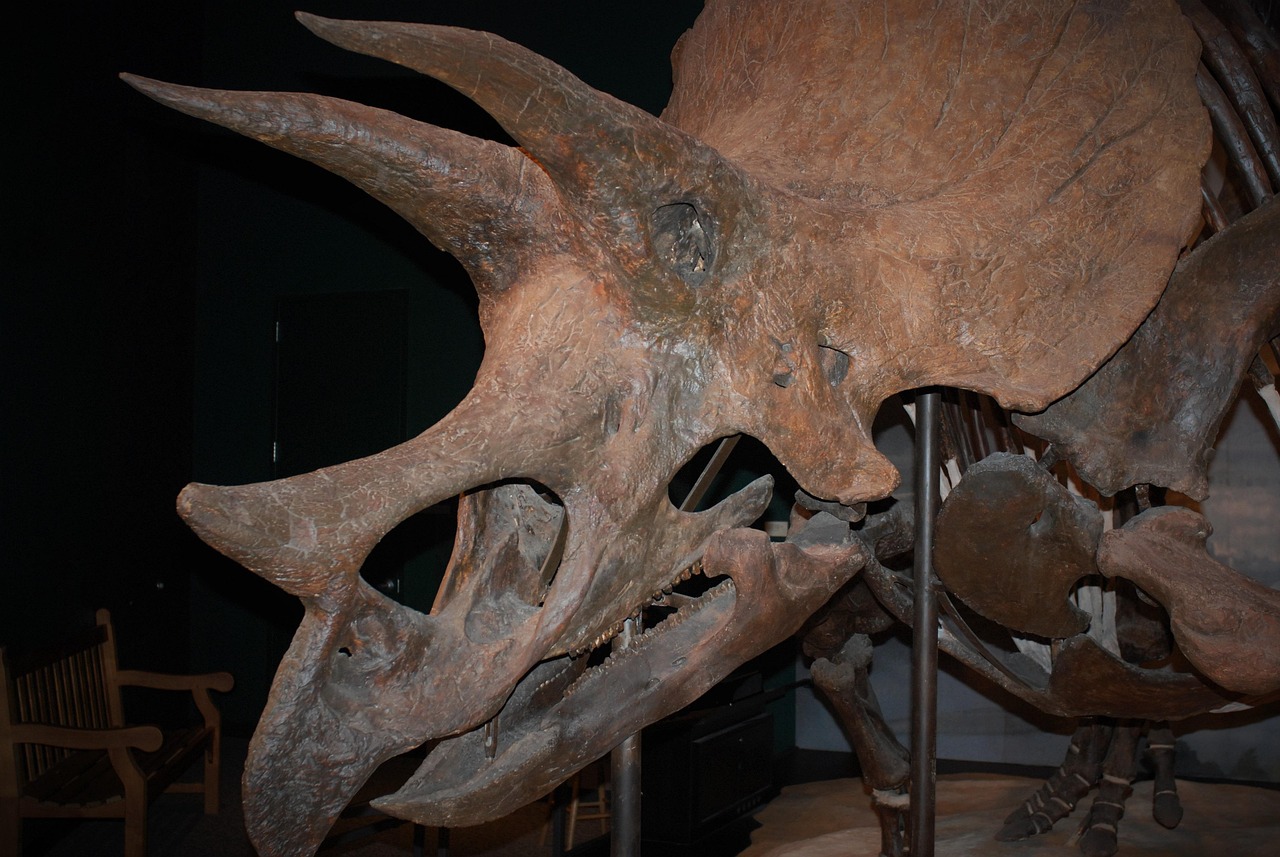
The golden age of fossil discovery in Canada is far from over, with new species being discovered every year and the Museum of Nature playing a crucial role in these exciting finds. Recent discoveries include feathered dinosaurs from Alberta, ancient marine reptiles from British Columbia, and even preserved soft tissues that retain original proteins and pigments. The museum sponsors regular expeditions to fossil-rich areas across Canada, training the next generation of paleontologists while uncovering new chapters in our prehistoric story. Climate change is actually revealing new fossil sites as glaciers retreat and permafrost melts, exposing previously hidden treasures that have been frozen for thousands of years. Advanced satellite imaging and geological surveys continue to identify promising new locations where the next groundbreaking discovery might be waiting just beneath the surface.
Educational Impact and Scientific Outreach
The Museum of Nature’s prehistoric collections serve as powerful educational tools that inspire thousands of young scientists every year and spark curiosity about the natural world. School groups regularly visit the museum’s fossil labs, where students can handle real dinosaur bones and learn about the scientific method through hands-on paleontological activities. The museum’s outreach programs bring fossil replicas and educational materials directly to schools across Canada, ensuring that even remote communities can experience the wonder of prehistoric discovery. Research partnerships with Canadian universities provide students with opportunities to work on real fossil discoveries, contributing to scientific knowledge while gaining practical experience. The museum’s public lectures and special exhibitions regularly attract capacity crowds, demonstrating the enduring fascination that prehistoric life holds for people of all ages.
Conservation and Preservation Challenges
Protecting Canada’s fossil heritage requires constant vigilance against both natural deterioration and human threats, with the Museum of Nature leading conservation efforts across the country. Climate-controlled storage facilities maintain precise temperature and humidity levels to prevent fossil degradation, while advanced chemical treatments can stabilize fragile specimens for future generations. Illegal fossil collecting remains a serious problem in some areas, with valuable specimens being removed from their scientific context and sold to private collectors. The museum works with law enforcement agencies to combat fossil trafficking and educates the public about the importance of leaving fossils in place for proper scientific study. Digital preservation techniques now create permanent 3D records of important specimens, ensuring that scientific data will survive even if the original fossils are damaged or lost.
Conclusion
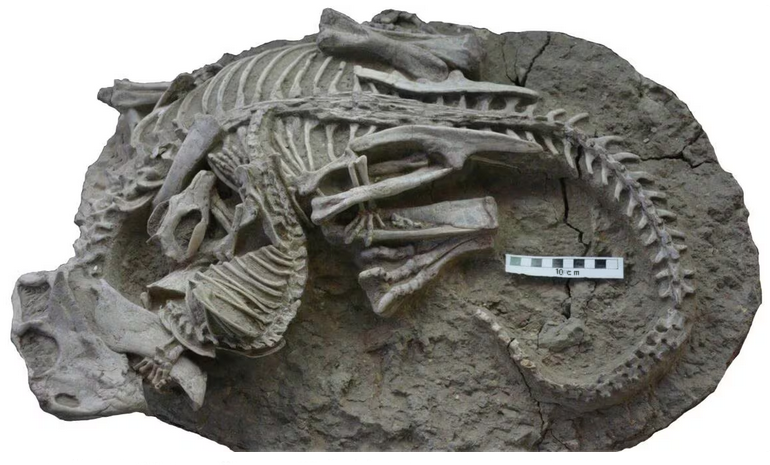
Standing among these ancient treasures, visitors to Ottawa’s Museum of Nature experience something profound – a direct connection to deep time that stretches back hundreds of millions of years. The fossils and feathers preserved in these collections represent more than just old bones and rocks; they’re evidence of life’s incredible resilience and creativity in the face of constant change. Each specimen tells a story of survival, adaptation, and sometimes extinction, offering lessons that remain surprisingly relevant to our modern world. Have you ever wondered what creatures might be fossilizing right now, destined to puzzle future scientists millions of years from today?

